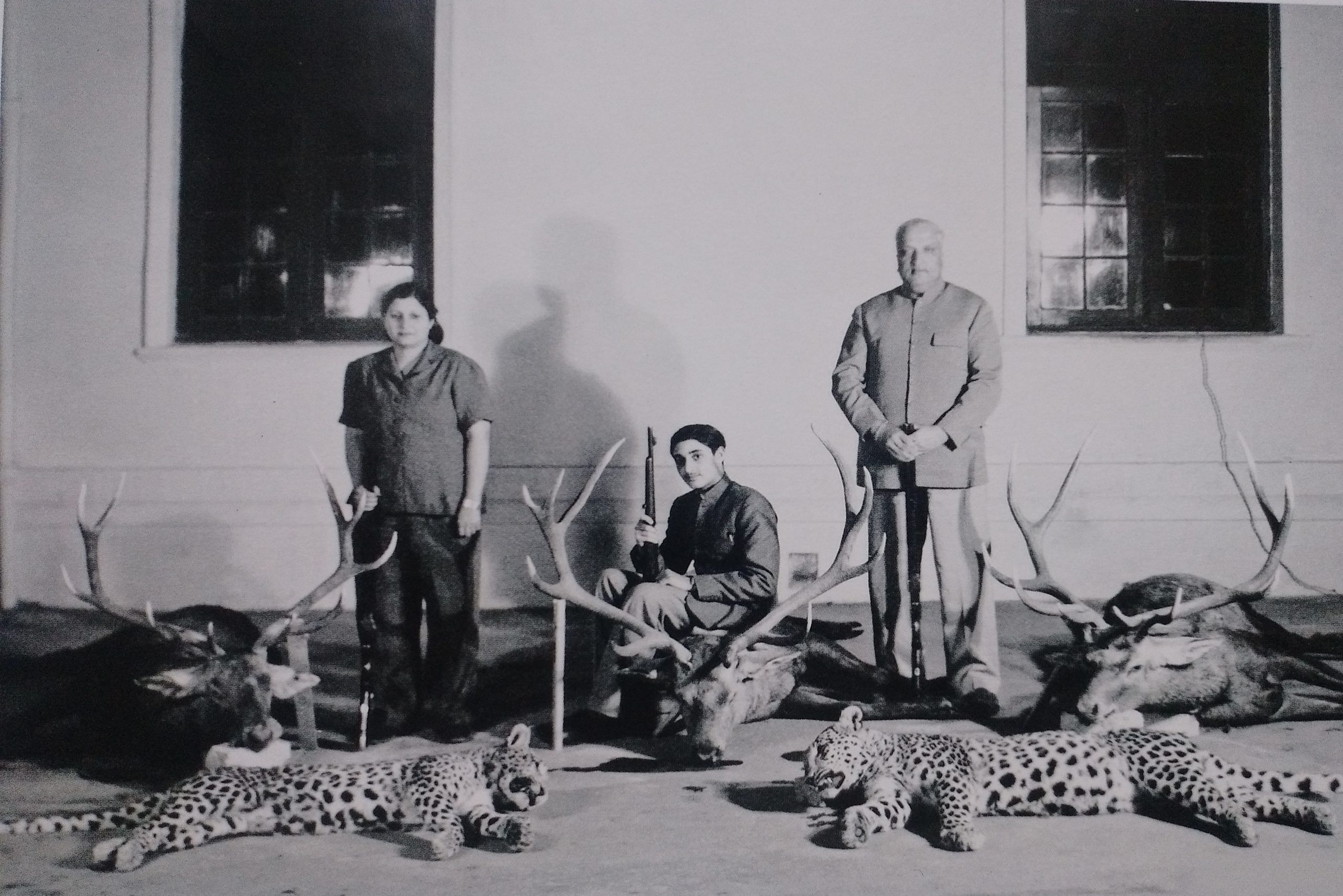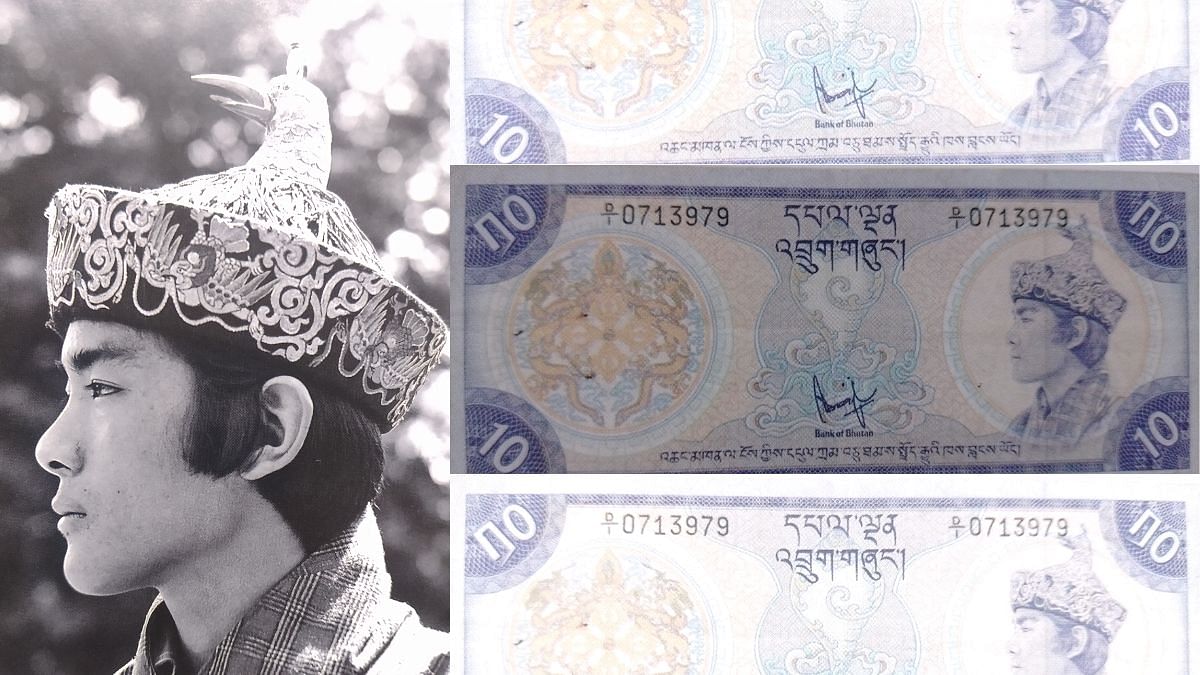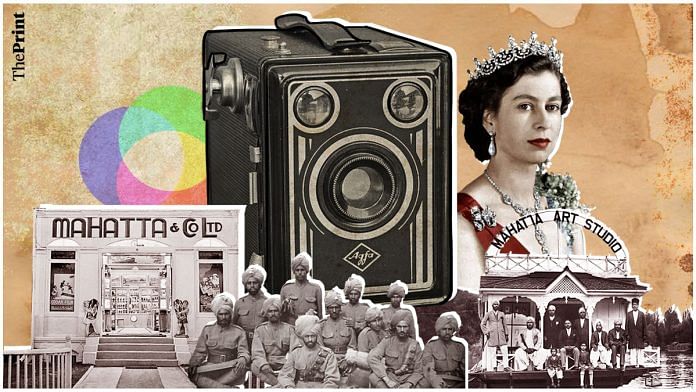At the heart of Delhi’s Connaught Place market, one big window on the first-floor office of a photography lab remained lit through the night on 8 September. It was the day Queen Elizabeth II died. Black and white images of the Queen at various landmarks of India—at the Red Fort in Delhi, at the Taj Mahal in Agra, at the Gateway of India in Mumbai—played on a projector. In her lifetime, the Queen had visited India just three times. It was Mahatta & Co photography studio which had trailed her through these voyages and released her pictures to the world press.
“Our family has been at the ringside of India’s headline events for a century. From Gandhi’s prayer meetings to Dalai Lama’s flight into India.… we at Mahatta are the storytellers of India and its epic events,” owners of the photography studio, Pavan and Pankaj Mehta say.
Yet Mahatta was never a news outlet. It has always been a photography-driven enterprise with its roots in pre-Partition India. The birth of this business took place in dramatic circumstances. A prosperous farmer in Dinanagar town of Punjab—Malawa Ram Mehta and his first wife Kesri Devi—suddenly died under mysterious circumstances in 1912. Coming to grips with the loss, the three surviving sons from the first wife were sitting for lunch one day. As always, they fed the first chapatti to their pet dog. In no time the dog started retching and foaming at the mouth. Amarnath Mehta, the eldest son was barely 10 years old but he realised that as the ‘karta’ (the main inheritor of a large landbank), he and his younger brothers were the next targets of a possible assassination. Much like in a scene from Slumdog Millionaire, the three kids ran to the railway station and got onto the first outbound train they found. Throughout the journey, the siblings kept wondering what will be their destination and how will they reach there. Finally, they reached Dalhousie because that is where their elder sister lived with her husband. It was contrary to Punjabi tradition to drop by a married sister’s house or to take any monetary assistance from her but the fleeing minor orphans had no other choice.
At the time, Dalhousie was a British cantonment filled with young officers, their visiting wives and young families. A chance meeting with a touring British photographer led Amarnath Mehta to take up a second-hand camera to scenic spots and click pictures of officers and their families as a part-time job. Soon, he was being called by the troops stationed in Dalhousie to record their significant ceremonies. From here, Amarnath Mehta not only picked up a lifelong habit of sharp impeccable formal dressing but also decided to name his budding enterprise ‘Mahatta’, based on how the British pronounced his name. This is how a novel business was born.
Also read: Favre-Leuba — ‘first’ Swiss watches to hit Indian market ran out of time in smartphone era
Floating store of photography
Soon the family moved to Srinagar. The most inexpensive bet was to open a store on an old and stationary houseboat on the Jhelum River Bund and that is where the first ‘Mahatta’ store was launched in 1915. Kashmir was a popular destination for the British as well as the Indian royalty. Photography was their fashionable hobby. Box cameras had just made an entry, democratising photography and enabling amateurs and professionals to experiment with light and composition without getting encumbered by sculpture-like workshops needed earlier for this art form.

The famed Indian ‘jugaad’ or innovative problem-solving came in handy, giving a special halo to the Mahatta business. Amarnath and his brothers Ram Nath and Ram Chand once noticed that the sun rays falling on the lake waters give a hue similar to ‘golden hour’ if that light is reflected on a subject through an old mirror. Placing large mirrors facing the lake waters to act as translucent reflectors, Mahattas became known for their cinematic and shimmering portraits.
“In fact, this innovation became the start of our marriage vertical. It was said that if you want the girl or the boy to get married quickly—get their matrimonial picture clicked at Mahattas,” Arjun Mehta says with a chuckle.
In those days, the camera was still an aspirational medium and photography was almost an event. From the British elite, the Indian aristocracy to the prosperous local business community, all were willing to invest time and money to archive ‘perfect’ portraits of themselves, their families and their personal history.

Big colonial ceremonies, Army award functions, royal coronations and hunting expeditions were never complete without the luxury of a formal photograph. Mahattas’ business boomed and more stores were launched in Gulmarg, Pahalgam and Sialkot.
Also read: From ‘how-to manuals’ to Rapidex English Speaking Course, Pustak Mahal is true Delhi brand
Ruins of the India-Pakistan war
Good times are not forever. Barely one year after Independence, India had its first war with Pakistan. What had been an oasis of peace even during the Partition, Kashmir became a war zone. Amar Nath Mehta rushed off his brothers and everyone’s families to a more secure Delhi.
The most abiding characteristic of a good entrepreneur is to accept change and to reinvent themself. Amarnath did just that. He and his team of photographers jumped right into the situation to capture lasting images of the war. Soon Mahatta images were getting printed in newspaper headlines, magazine articles, posters and even school textbooks.
Without the India-Pakistan war, Mahattas would have remained a mere commercial enterprise with indifferent branding. But with increased exposure to national events—this photography studio became a ‘sticky brand’. Indian leaders, press editors and leading personalities from the cinema and art world began to ask for their services. Amrita Pritam art shows, Nehru’s inauguration of Bhakra Nangal Dam, former US President John F Kennedy’s wife Jackie Kennedy’s visit to India and many other similar famous projects were coming the Mahatta way.

“When Bhutan was to inaugurate their modern currency notes with a picture of the king, my father Mr Madan Mehta travelled to Bhutan to photograph the young monarch. The profile of the king shot by him remains on Bhutan currency then onwards,” Pavan recalls.
Also read: Raj Comics – publishers who brought home your friendly, neighbourhood desi superheroes
Legacy building
“This is why our work always ran on two parallel tracks. First was the mainstream commercial work of family pictures and corporate coverages. The second was work done for critical acclaim. For instance, 25 years of my father Madan Mehta’s most active phase was dedicated to covering visionary architects as they shaped Delhi during the 60s and 70s. Joseph Allen Stein, Habib Rahman, Achyut Kanvinde, Shaukat Rai, Jugal Kishore Chowdhary, Kuldip Singh and even the most inimitable Raj Rewal—creator of the unforgettable hall of nation-building in Pragati Maidan,” Pavan adds.
‘Excellence and premier’ service perception always lifts a business in a way that no advertisement or promotion campaign can. According to Mahattas, that is the mantra to becoming an ‘everyman’ business.
This article is a part of a series called BusinessHistories exploring iconic businesses in India that have endured tough times and changing markets. Read all articles here.
(Edited by Ratan Priya)



